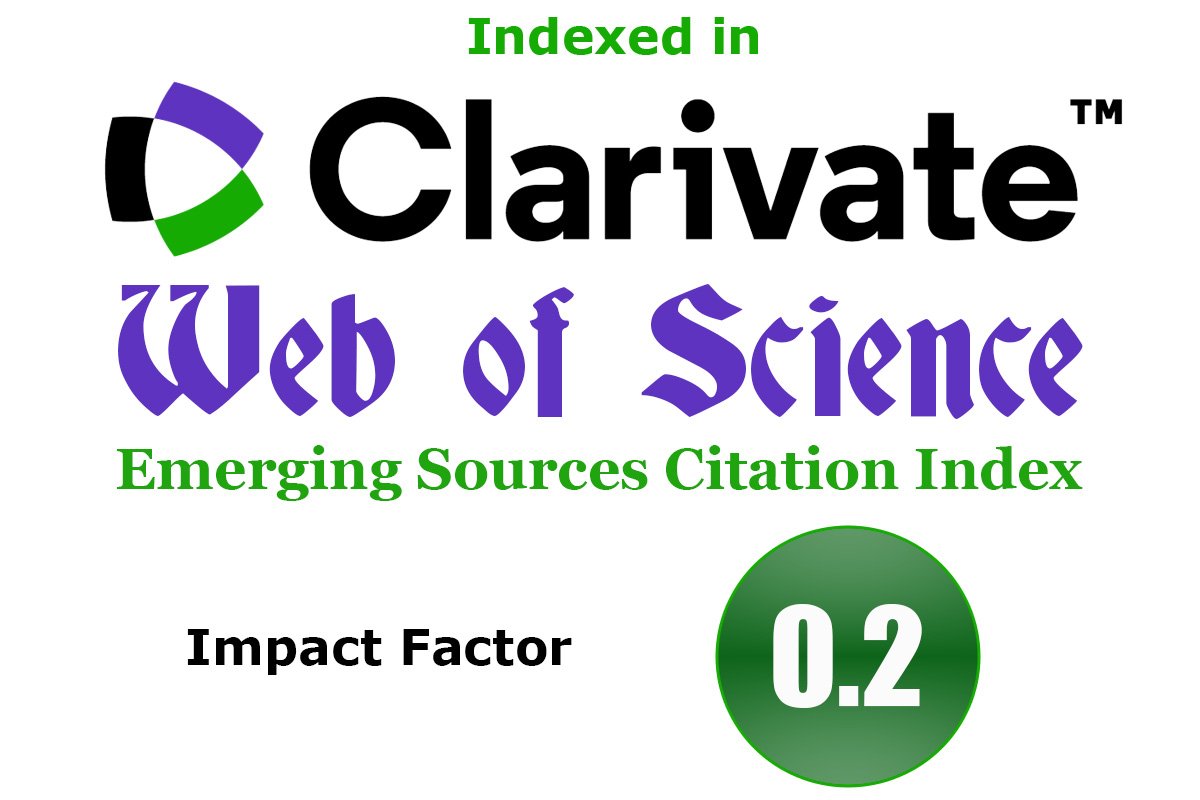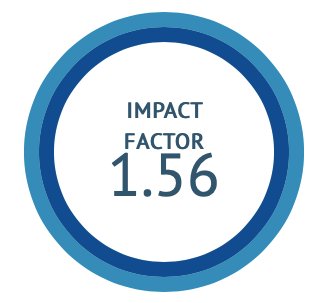Ayurvedic approach in the management of Sthoulya- A case study
DOI:
https://doi.org/10.47552/ijam.v13i1.2314Keywords:
Obesity, Sthoulya, Udvartana, Navaka GugguluAbstract
A Female aged 30 years hailing from Muddebihal, Karnataka working as an Asst.Manager in Bank, a known case of obesity since 5 years. By her physical, clinical and anthropometric examinations, she was diagnosed to be sthoulya (Obesity). It is successfully managed by the principle of “Guru Cha Atarpanam”. In the present scenario Sthoulya(Obesity) is a overwhelming issue throughout the world. The changes in dietary habits and mode of living (sedentary lifestyle), Obesity is one of the most serious lifestyle disorders that endangers people's lives and is also a major cosmetic issue. Effective treatment for obesity is needed for present days. Obesity is linked with Sthoulya or Medoroga in Ayurveda. Sthoulya is most caused by Ati Ahara Sevana, Avyayama and Beejadosha. Apatarpan chikitsa is the main Chikitsa explained by Acharya Charaka for Sthoulya. Aims and objective: To demonstrate the role of Ayurveda in the management of Obesity. Methods: The current article is about a Sthoulya case that was treated with Apatarpan chikitsa, specifically Udwartana, Bashpa sweda, sadyo virechana, shamana aushadhis, yogasana and some dynamic exercises. Results: Patient experienced significant relief from all the symptoms, weight, BMI, Anthropometric measurements and lipid profile in just 20 days.
Downloads
Published
How to Cite
Issue
Section
License
Copyright (c) 2022 International Journal of Ayurvedic Medicine

This work is licensed under a Creative Commons Attribution 4.0 International License.
The author hereby transfers, assigns, or conveys all copyright ownership to the International Journal of Ayurvedic Medicine (IJAM). By this transfer, the article becomes the property of the IJAM and may not be published elsewhere without written permission from the IJAM.
This transfer of copyright also implies transfer of rights for printed, electronic, microfilm, and facsimile publication. No royalty or other monetary compensation will be received for transferring the copyright of the article to the IJAM.
The IJAM, in turn, grants each author the right to republish the article in any book for which he or she is the author or editor, without paying royalties to the IJAM, subject to the express conditions that (a) the author notify IJAM in advance in writing of this republication and (b) a credit line attributes the original publication to IJAM.




